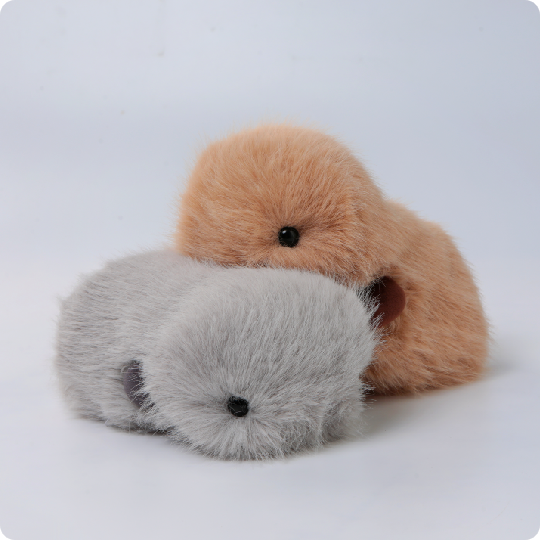Supporting Children’s Understanding of the (Lack of) Aliveness of Pet Robots
- Subject:Teaching Children the Concept of Robotics and Aliveness
- Type:B.Sc./M.Sc.
- Supervisor:
Supporting Children’s Understanding of the (Lack of) Aliveness of Pet Robots
Topic Description
Embodied AI is becoming increasingly lifelike, which poses ethical challenges for children’s engagement with such technologies. While there is a rich body of work exploring how to enhance children’s perception of the aliveness of pet robots, less is known about how to encourage children to reflect on the artificiality of these systems. Assuming that future generations of children may encounter robot pets before having the opportunity to interact with live animals, such reflection becomes crucial for the safety of both pets and children. Therefore, understanding how to introduce children to the artificiality of convincingly lifelike robots will become increasingly important.
The thesis will be carried out in collaboration with Hertzlab at ZKM in Karlsruhe. It encompasses co-development of a workshop format for children that deconstructs and explains the underpinning technologies used in pet robots to foster understanding thereof. Additionally, the thesis will evaluate how such a workshop format supports children’s understanding of the (lack of) aliveness of pet robots together with children.
Task Summary
- Related Work
Systematically review the state of literature on children’s perceptions of the livelihood of robots to provide theoretical grounding. - Workshop
Contribute to a concept for a workshop addressing children and parents at ZKM exploring the (lack of) aliveness of the commercially available robot platform Cupboo. - Evaluation and Discussion
Evaluate how children’s perception of the (lack of) alivenessa of the Cupboo robot is shaped by the workshop.
Skills
Required:
- Working with children
- Human-Robot Interaction
- User Studies
Contact
Jan Rixen


